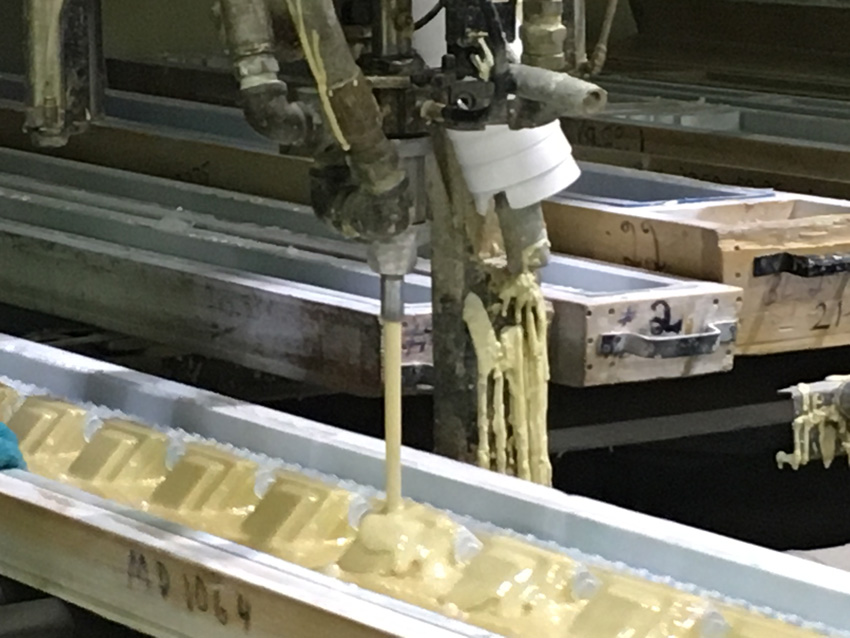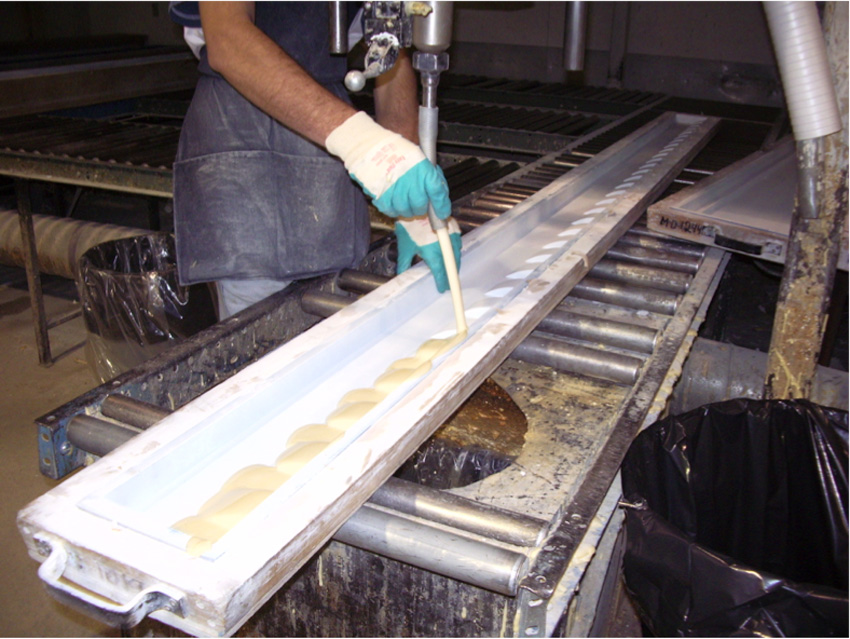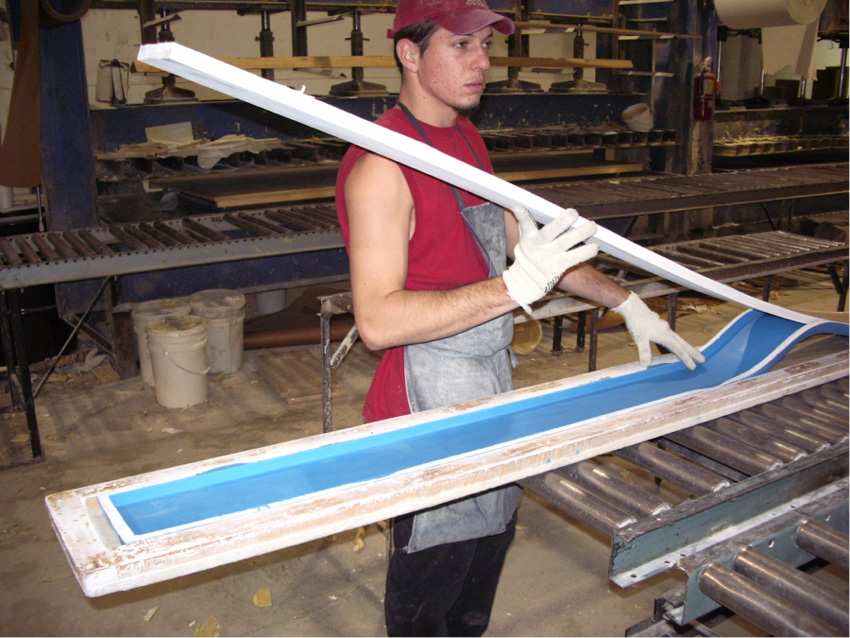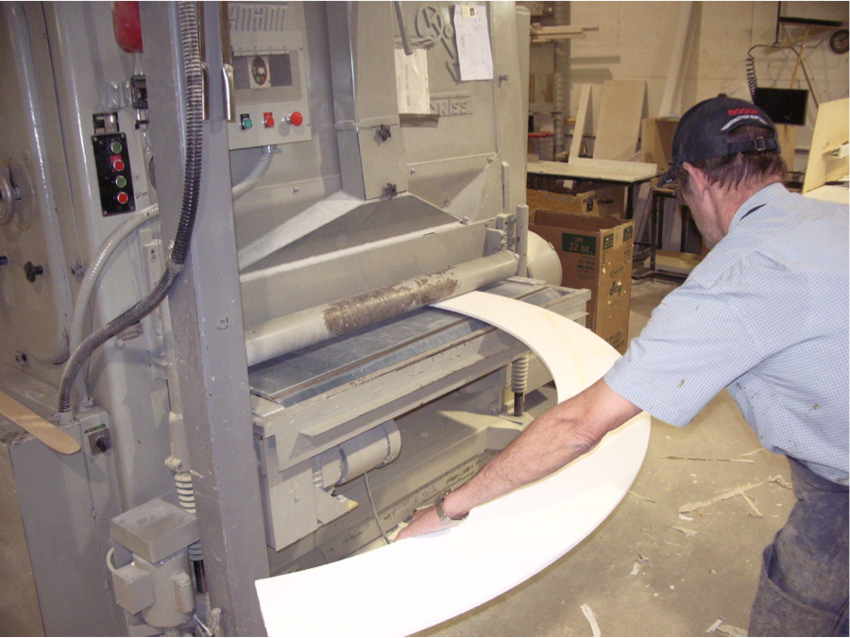Architectural Millwork: Molded vs. Fabricated
Code Considerations
Most polyurethane molding products in general are not fire rated. They can be used for most residential interiors and exteriors, and most commercial exteriors. But, some manufacturers have the capabilities to provide polyurethane millwork products with either Class A (1) or Class B (2) fire ratings as tested by Underwriters Laboratories in accordance with UL 723: Test for Surface Burning Characteristics of Building Materials. (A full-service manufacturer would also be able to mold millwork from noncombustible materials like gypsum or concrete if the application required them.) The fire-rated polyurethane products are composed of material with specific chemical components. For some applications, fire-rated products are also finished with a specific coating.
Products of a quality manufacturer will meet structural code requirements throughout the United States, a particularly important requirement for components like railings and columns. In addition, some areas have their own state or local requirements; for example, in areas where hurricane risk is high. A manufacturer should be able to analyze code requirements, develop a testing process, design and engineer a code-compliant product, and coordinate independent testing to meet all relevant codes. Some manufacturers have extensive experience in providing these services.
















